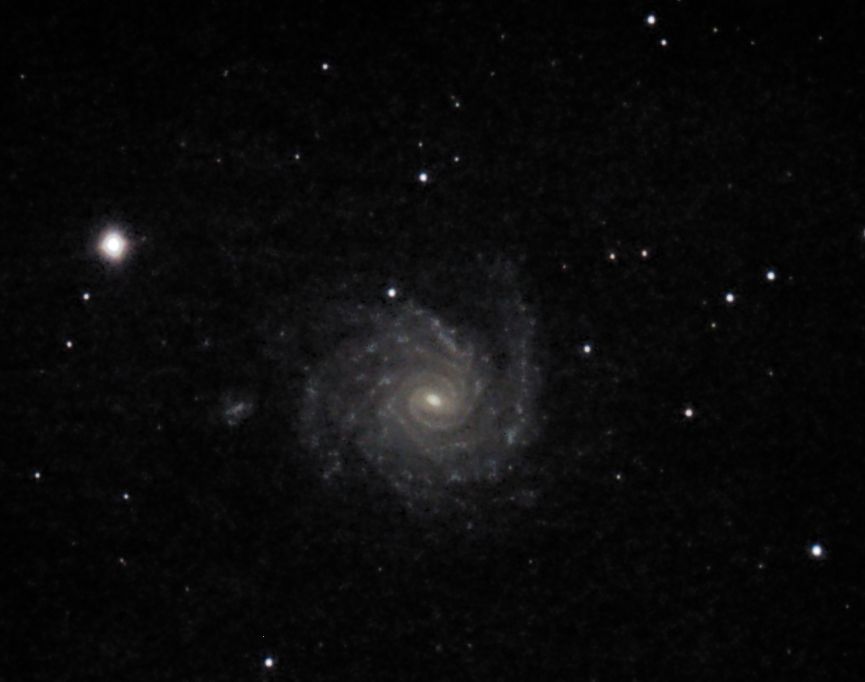Here are three different faint spiral galaxies that look quite different since we view them from different angles.
First, NGC 1232 is a fairly faint galaxy that we view completely face-on.
NGC 1232 is about 70 million light years away from us, meaning that the photons of light that I captured with my telescope and camera were emitted by stars in the galaxy back when dinosaurs were still roaming the earth. And light travels at the speed of 186000 miles PER SECOND. Galaxies are mind-bogglingly far away!
NGC 1232 (20 min total exposure Jan 4, 2021)

This galaxy contains millions of stars arranged in several spiral arms with dark lanes in interstellar dust sprinkled between them. These spiral arms are curiously bent and not gently curved as in more typical galaxies.
In addition, we see a satellite galaxy - NGC 1232A. This is somewhat reminiscent of the Whirlpool galaxy and its satellite neighbor. Click here for the view I posted a year ago of the Whirlpool.
Second, NGC 7331 is a galaxy that is tipped about 30 degrees from our line of view.
We see spiral arms and some prominent dust lanes.
NGC 7331 (15 min total exposure Jan 12, 2021)

NGC 7331 is about 49 light years away from us. In this image, we also see four small fainter galaxies, NGC 7335, NGC 7336, NGC 7337 and NGC 7340. These four are sometimes referred to as “fleas” to NGC 7331 but in fact they are variously six to eight times as far away from us and have no relationship whatever to NGC 7331.
And finally, NGC 891 is a fine spiral galaxy that we see edge-on.
It looks rather like the popular image of a flying saucer. We see the typical bulge around the galaxy nucleus and a definite dark dust lane at the galaxy equator, bisecting the spindle that we view. It is sometimes referred to as the Silver Sliver Galaxy. NGC 891 is about 30 million light years away from us.
NGC 891 (10 min total exposure Dec 14, 2020)

If we could travel across space and time to see our own galaxy from the outside looking in, it would probably look a lot like NGC 891. Astronomer Sir Patrick Moore once said that the galaxy looks like “two fried eggs clapped back to back.”